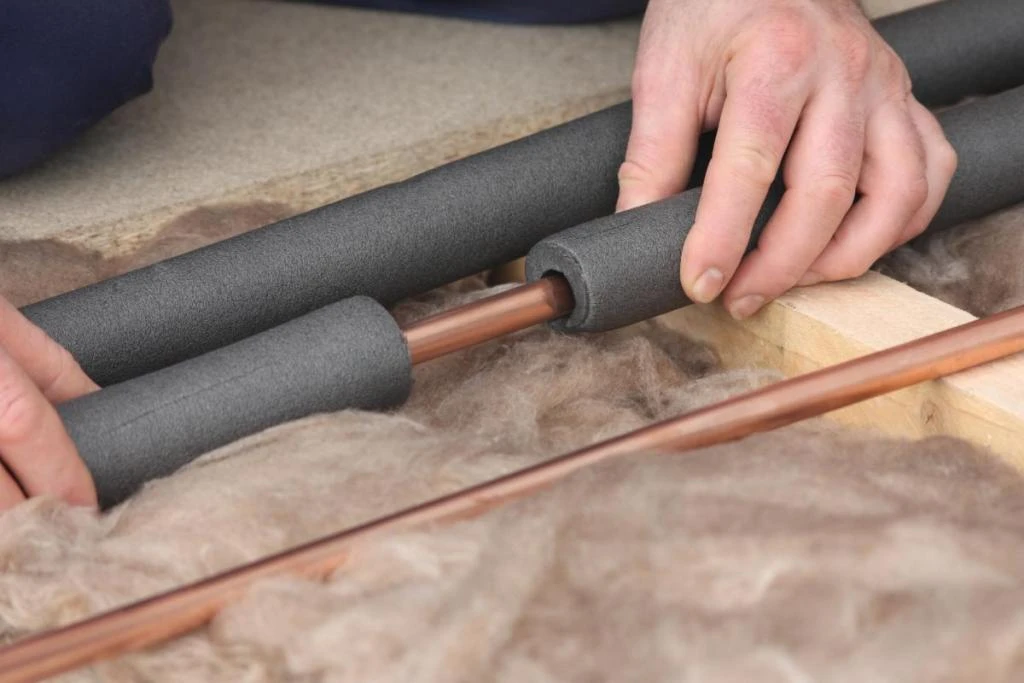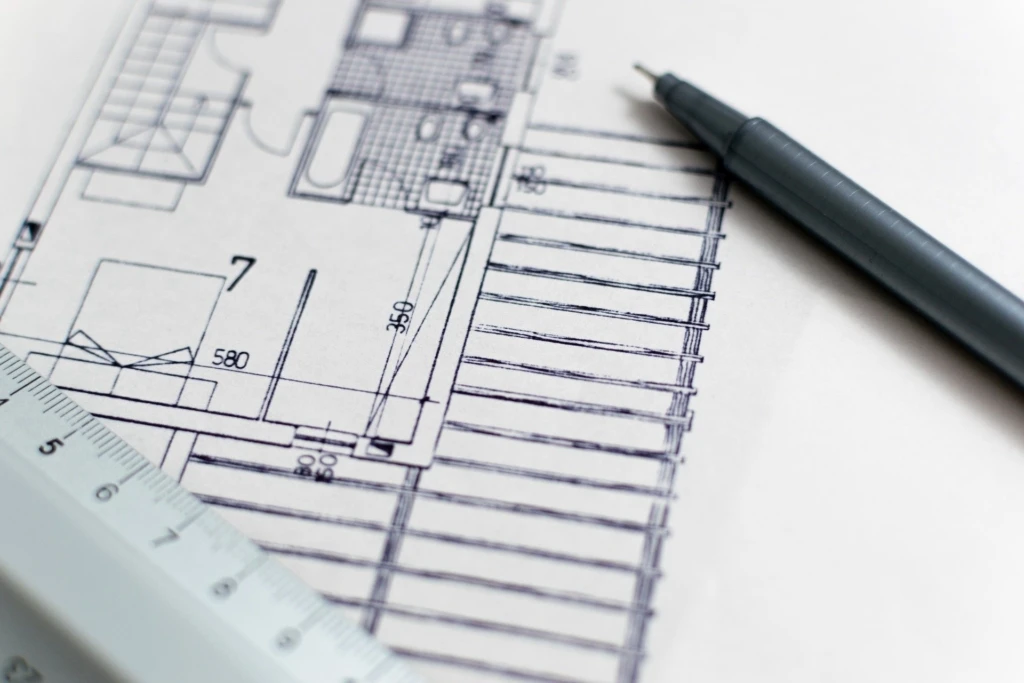How to Prevent Damage Caused by Frozen Pipes?

Every winter, insurance receives cases where frozen pipes and thawing damage summer cottage property and result in large repair bills that are completely unexpected. How can these damages be prevented?
The risk of pipe freezing threatens primarily summer cottages or country homes where people do not live permanently or where heating is insufficient. "Often, the damage caused by such incidents is not limited to just the pipes and building, as a large amount of water can flow out of frozen burst pipes, which significantly increases water and electricity consumption," notes Liina Laks, head of home insurance at Swedbank.
For example, in one of this year's damage cases handled by Swedbank insurance, a frozen pipe in the toilet and a bathroom mixer burst at a family's country home during January frost. "As a result of the pipe bursting, over a hundred cubic meters of water flowed out. The excessive water consumption and additional heating of the building to reduce moisture damage caused increased electricity costs of several hundred euros," says Liina Laks.
Damages can amount to as much as 10,000 euros
Based on Swedbank's home insurance data for this year, damage amounts resulting from frozen pipes usually remain in the 2,000–3,000 euro range, but the largest damages can reach up to 10,000 euros. How did such large damages occur?
"For example, in one case, the homeowner was traveling and heating was operated automatically through remote control according to temperature sensors in the house. However, the weather became extremely cold, a water pipe burst and flooded two floors of the house, and in addition to other damage, electronics were also damaged. The total damage compensation was nearly 11,400 euros," describes Liina Laks.
When it is an insurance case and the insurance compensates for the damage, a burst frozen pipe often causes great inconvenience and the need to reorganize life for some time, as in the following case. "A pipe froze inside the shower room wall and to warm it up, a hole had to be made in the wall. Due to the pipe leak, items in the basement were submerged and water had to be pumped out to prevent greater damage and further water spread," says Liina Laks. "Detecting the leak proved difficult and to find it, the ground was dug up and newly installed street pavers were removed. The house was without water for a while. The damage compensation in this case was 2,680 euros."
Damages can be prevented
It is important that a person does everything in their power to prevent damage. For example, according to the conditions of Swedbank's home insurance, to prevent damage, water must be turned off and drained from pipes if the building is not heated during the heating period or if the temperature in the building falls below 0 degrees. "Unfortunately, this is not always done and the result is an unpleasant surprise where the insurance company may, depending on the circumstances of the case, refuse compensation or reduce the compensation amount," notes Liina Laks. "Some homeowners do try to keep a summer cottage warm with small mini radiators or floor heating in the laundry room, but this is often insufficient for the entire building."
So how can frozen pipes be prevented after all? Ergo Põder, water meter manager at Tallinn Water, says that to prevent water meter junction freezing, it is necessary to ensure that the temperature in the room does not fall below +3 degrees and that there is no draft. "The room must be properly insulated and ideally also heated. The insulation material on water pipes should be at least 9 mm thick, which protects pipes from condensation even in summer – this is sometimes mistakenly considered a pipe leak," explains the expert.
In summer houses and country homes where people do not live in winter and there is no heating, water should be turned off at the connection point. To do this, according to Ergo Põder, you should contact your local water service provider, who will close the water at the connection point and remove the water meter. After that, all taps must be opened so that water can drain from the pipes, as a water leak caused by freezing can cause great damage.
Ergo Põder notes that the general condition of the piping system also plays a major role in frost resistance. "Old, rusty or damaged pipes are significantly more vulnerable to freezing. Pipes that have rusted through are fragile and can easily break. The most sensitive places are often invisible to the eye, such as threads and fittings. If a specialist recommends pipe system reconstruction, it should definitely be done," advises Põder.
What to do if pipes are already frozen?
During the cold season, Tallinn Water is repeatedly contacted for help with frozen pipes.
If the piping system is freezing and it is not possible to insulate it, according to Põder, as a short-term measure, the water tap can be left slightly open so that water moves, which reduces the speed of the pipe system freezing through. "If water has already frozen in the pipe, first remove easily removable pipe fittings so that during thawing there is room for water to expand and drain from the pipe. If the fittings are not disconnected, this can lead to pipe rupture," says Põder. "This also applies in spring when heat begins to thaw frozen piping. In case of extensive freezing, you should contact professional pipe workers."
Before thawing pipes and removing fittings, it is definitely worth clarifying what type of pipe it is – whether it is plastic, iron, copper, aluPEX or another type of pipe. Each type of pipe has its own handling methods. It is also important to note, according to Põder, that water meters are not allowed to be dismantled or their seals broken. "Another risk point is check valves, which limit water expansion during thawing and the valve body can break. In summary – if the property owner feels competent in this field, they can do this work themselves, but if there are doubts about their skills, specialists should be called," says Põder.
The consequences of freezing can be varied, for example, thawing can rupture one location or multiple locations in the pipe system. "If the connection point has not been previously closed, water will start leaking under pressure from the line and entire building or buildings can be flooded. Certainly, preventing pipes from freezing is more effective than dealing with the consequences," confirms Põder.




